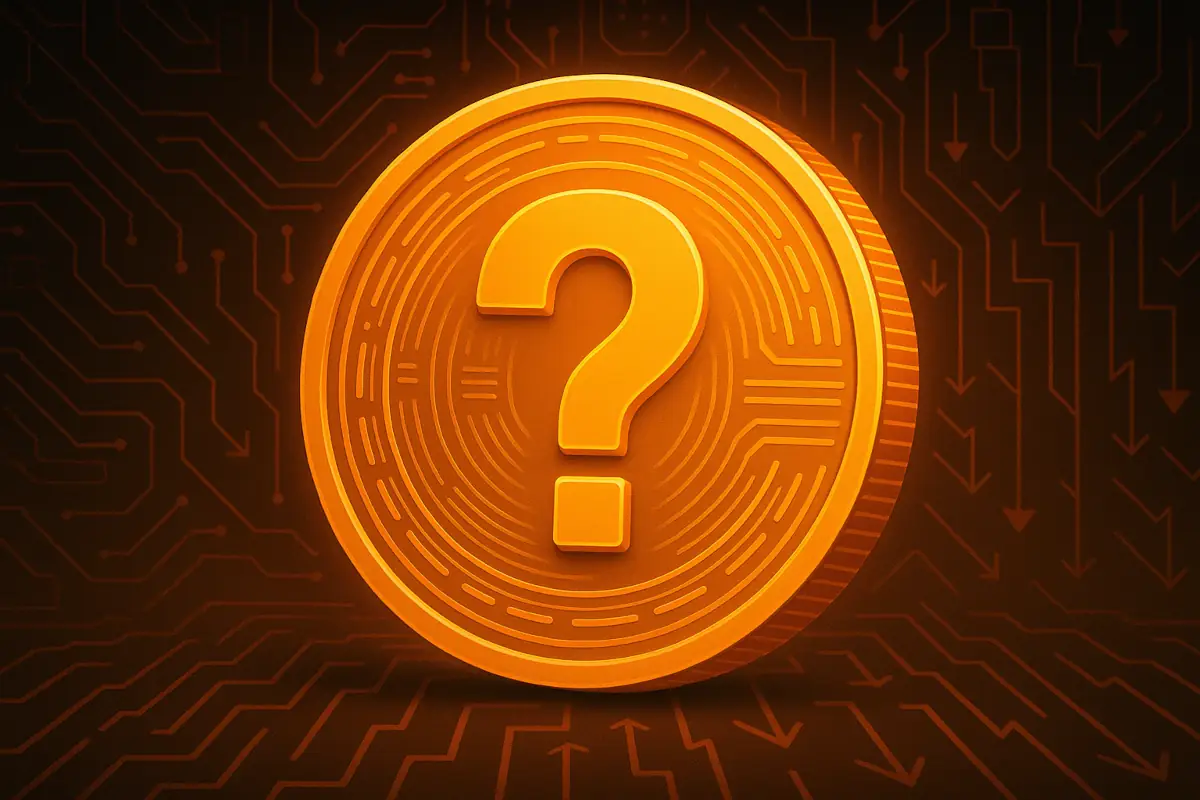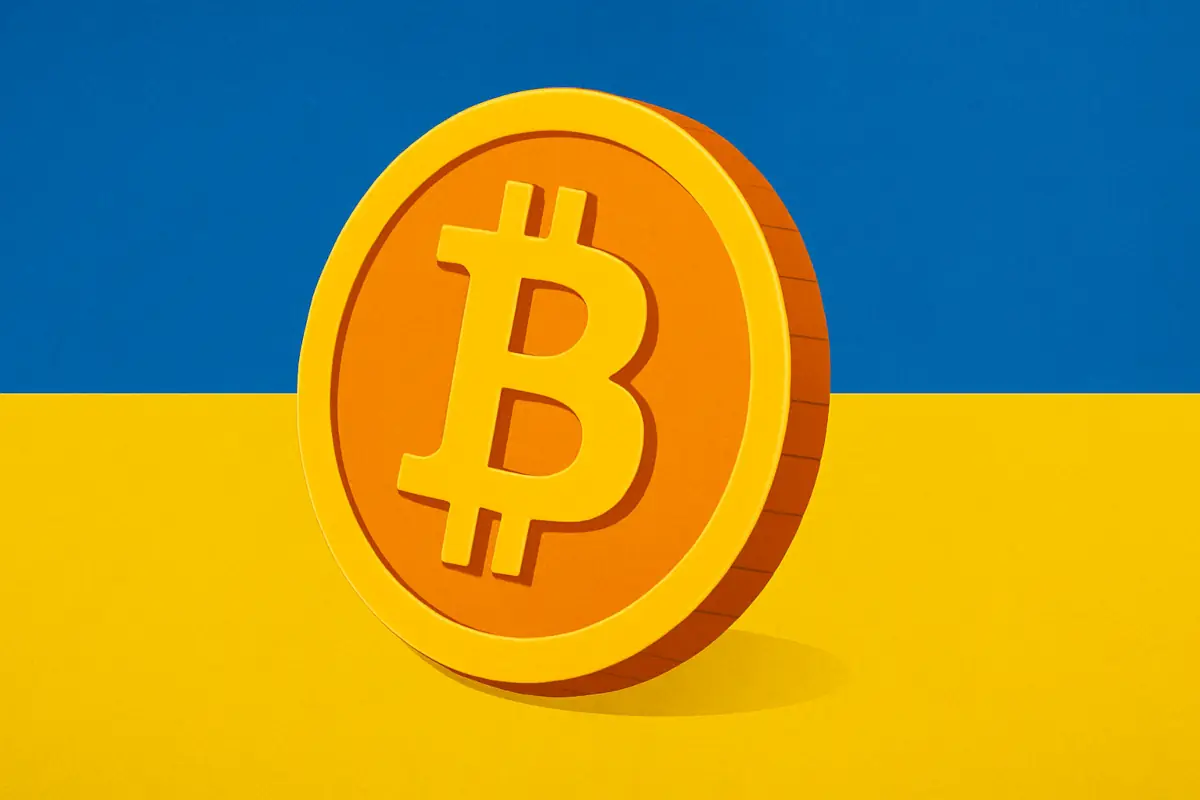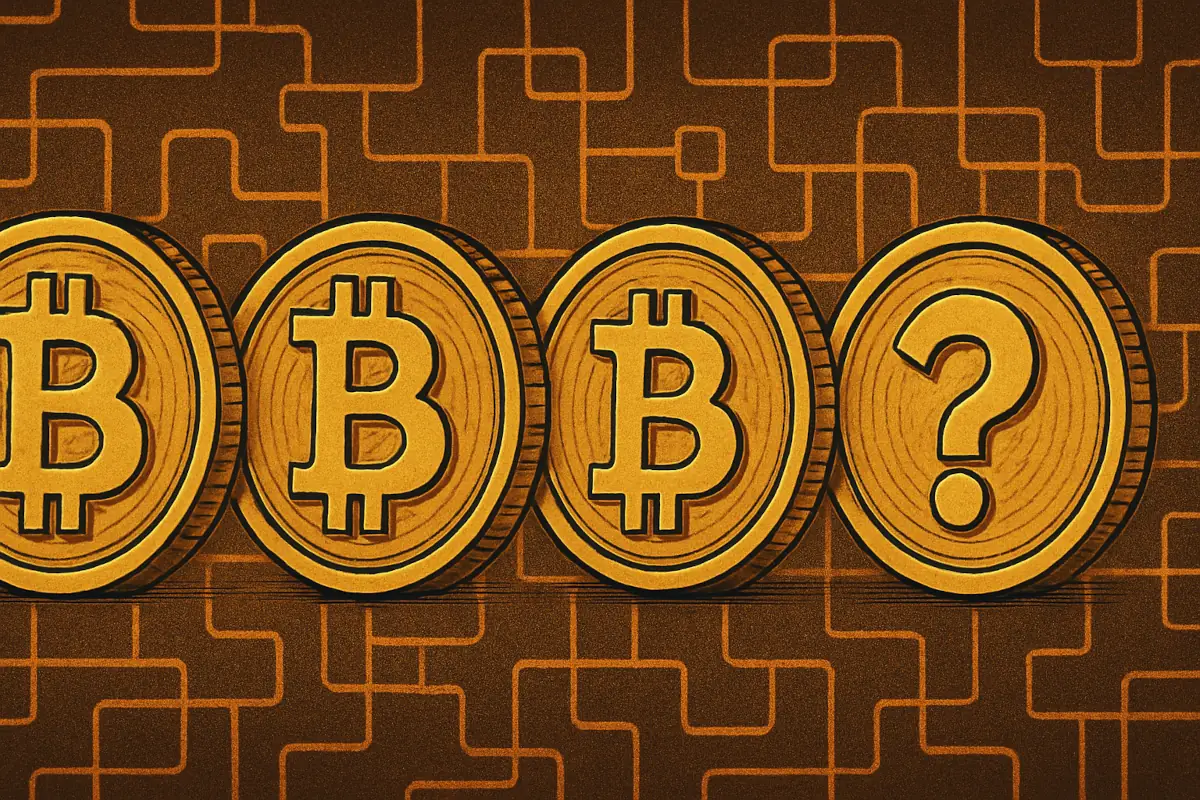A proposal known as BIP-177 is currently under debate in Bitcoin’s developer and user communities. Its aim is simple on paper: rename Bitcoin’s base unit.
But this change has stirred up a range of opinions, from support by high-profile figures to criticism over potential confusion. The idea centers on redefining what one Bitcoin means on-screen, without altering anything in the protocol itself. Users question whether this adjustment actually helps or just complicates things further.
Table of Contents
What Is the BIP-177 Proposal?
BIP-177, introduced by developer John Carvalho on April 12, 2025, suggests changing the way Bitcoin’s smallest unit, the satoshi, is referred to. Instead of seeing 0.000001 BTC, users would see ₿100, or simply “100 bitcoins” under this new system. Technically, nothing in the blockchain would change. One BTC would still equal 100 million satoshis.
The proposal builds on the idea that users struggle with decimals when dealing with Bitcoin. As it stands, the representation of Bitcoin values often includes several leading zeroes. This can be frustrating, particularly for new users trying to make sense of small-value transactions.
According to the BIP, the decimal point is just a display feature added for human readability. Internally, Bitcoin already operates using integers. By bringing the user interface in line with the backend, proponents say it could simplify how people use and understand the currency.
Behind the BIP-177
BIP-177 essentially suggests something similar to a stock split. As Bitcoin’s price rises, each satoshi becomes more valuable. In this environment, showing users “satoshis” as full bitcoins, while still keeping the ticker BTC for reference, might make everyday use clearer.
At $100,000 per BTC, one satoshi is worth $0.001. If the price hits $1 million, a single satoshi would be worth one cent. Under such conditions, using satoshis as the base unit could become more practical than struggling with decimals.
Carvalho believes this realignment is needed. As per a quote shared by Bitkit Wallet and reposted by Jack Dorsey:
Result: Zero confused users. It just looks and feels ‘right’
Previous Attempts: The BIP-176 Alternative
Before BIP-177, there was BIP-176 by Jimmy Song, submitted back in 2017. This proposal suggested using “bits” as a standard display unit. One bit equals 100 satoshis or 0.000001 BTC. The goal was similar – make transactions easier to read – but this version opted for smaller numbers.
BIP-176 never gained much traction. Wallets like BitPay experimented with the format, but it didn’t catch on widely. Compared to that, BIP-177 now has more visibility, although neither has been adopted across the network. The major distinction is that BIP-177 removes the BTC-satoshi link in terms of language, which is a more dramatic shift.
Memecoins Face Familiar Struggles
This isn’t an issue unique to Bitcoin. Several meme coins have run into similar problems due to their enormous supply and low per-unit price. Shiba Inu (SHIB), for example, launched with one quadrillion tokens. This led to per-token values like $0.000014, making it hard for users to track their holdings accurately.
PEPE has a total supply of over 420 trillion tokens, while Baby Doge Coin (BabyDoge) clocks in at 420 quadrillions. In BabyDoge’s case, the community addressed the issue by introducing a new denomination: 1MBABYDOGE, which equals one million tokens. This helped improve readability but added an extra step for users.
These efforts highlight the same concern seen in BIP-177. Token readability isn’t a trivial matter. But changing the display standard also carries the risk of further confusing users.
Community Response and Jack Dorsey’s Influence
Support for BIP-177 grew after Dorsey joined the discussion. On May 19, 2025, he backed the proposal publicly, amplifying Carvalho’s points to a wider audience. This type of endorsement matters in decentralized communities, where public sentiment can influence what wallet providers and exchanges choose to adopt.
Bitkit Wallet had already adopted the terminology internally. Its developer claimed, “Zero confused users”, in reference to the change. That anecdote doesn’t offer universal evidence, but it shows that at least some users might accept this shift without much friction.
Still, BIP-177 hasn’t received backing from any core Bitcoin developers as of today. Figures like Pieter Wuille or Andrew Chow have not publicly weighed in. This lack of deep technical support could hold back broader implementation.
Counterarguments and Real-World Practicality
Not everyone agrees with Carvalho’s idea. Critics say that moving from decimals to large numbers isn’t actually a fix. That doesn’t necessarily make the figure easier to understand – it just swaps one form of confusion for another. As one commenter noted:
“If you think it’s easier to work with millions or hundreds of thousands on a day to day basis, you’re wrong.”
In countries with weaker currencies, users often deal with large numbers daily, and the process isn’t always smoother.
The concern is that BIP-177 might solve the decimal issue but introduce its own problems. If only some wallets adopt the change, users might see different figures for the same amount, depending on the platform. That’s likely to cause errors and erode trust.
No Immediate Implementation Path
Both BIP-176 and BIP-177 are classified as informational proposals. They don’t involve changes to the protocol itself and don’t need a consensus vote. Their adoption depends on ecosystem players like wallet developers, exchanges, and businesses.
As of today, no large platform has committed to implementing BIP-177. Without broad agreement, any rollout would be fragmented. That could hurt user experience more than help it.
Bitcoin’s history includes successful BIPs like BIP-32 (HD wallets), BIP-141 (SegWit), and BIP-91 (SegWit activation). These were critical upgrades with broad technical support.
In contrast, display changes like BIP-177 often get stuck in limbo without coordinated adoption. For now, it remains a proposal. Its future depends on voluntary adoption by wallets and exchanges, and that won’t happen without broader community support.
Read also: Can SHIB Really Hit $1? Let’s Do Some Math!




